|
You don’t need trekking poles on the Tour du Mont Blanc. In fact, you don’t need trekking poles anywhere. Plenty of people hike all over the world without them and have few problems. However, in my opinion, they are desirable: a very good idea indeed whether on the Tour du Mont Blanc or any other mountain hike. And here’s why:
So what are the downsides of using poles? Well some people find that they get in the way: if you do not place them right then you can trip over them. However, I believe that is just a matter of a little practice. Others say that they make you burn more calories so you need to carry more food. This seems logical but I do not think that it makes that big a difference. And then there is the matter of the extra weight but with the introduction of carbon poles this is not a massive issue. In summary, I believe that these issues are vastly outweighed by the benefits. One pole or two? If you have taken on board what I have said above, then it will seem obvious that two poles are best. However, one pole is definitely better than none. In fact, I only walk with one pole these days. A few years ago, I had a shoulder operation and I got into the habit of using only one while going through rehab. I am always concerned about giving that shoulder too much work so I still use one, swapping between arms periodically. The advantage of using one is that you always have a hand free. But if I could, I would use two without hesitation. Should I use the wrist straps? My answer is emphatically yes! The straps can be used to take most of the weight off your fingers and hands, reducing strain. Your wrists, which are stronger, do much of the work. Straps also help reduce blisters on your fingers and palms because you do not need to grip the pole so tightly. However, poor quality straps can also cause chaffing. The straps should be worn the same way as those on ski poles: you put your hands up through the straps rather than down. This means that if you fall then you are less likely to break your wrist as your hands can come free of the poles more easily. Telescopic poles or folding poles? Telescopic poles collapse by pushing the sections into one another. Normally there are three sections and they tend to be very robust, lasting for years. Folding poles usually have four sections connected by plastic covered string. The sections do not fold up beside each other and so the folded pole is wider than the collapsed telescopic pole and tends to be less durable. For decades, I used telescopic poles but once I bought a folding set, I never looked back. Although, they are less durable, the folding pole has two key advantages:
What are anti-shock poles?
Anti-shock poles have shock absorbers built in so that the stress on your arms and wrists is reduced. There are various different mechanisms: one of the earliest was basically to have a spring within the pole. This was quite heavy. However, nowadays there are some really cool lightweight systems. My poles have a neat piece of shock-absorbing rubber within the tip and it really works. Some say that the shock absorber affects your contact with the ground but I have never found that. What is the best material for the handles? In simple terms, there are three types: cork, rubber and foam. Cork (its rarely real cork these days) is the nicest to use: very comfortable and less likely to give you blisters. But it is quite heavy. Rubber handles, in my opinion, are the worst. I find them uncomfortable to use for long periods and most likely to cause rubbing. I hate them. Foam used to be horrible but these days if you buy good quality poles, you should get good foam. My current poles have foam handles and they are excellent: I have walked thousands of km with them and I have never had a problem. Everyone’s hands are different though so my advice is to go to a shop and try them out. It’s not the same as walking the 170km of the TMB with them but some comfort issues will be immediately obvious. Remember though that there are loads of cheap poles out there and the handles are unlikely to have been made with good stuff: when you have blisters after about 100km, you may wish that you had bought more expensive ones! So there it is: one fool’s views on the use of a stick!
0 Comments
Your comment will be posted after it is approved.
Leave a Reply. |
Andrew McCluggageblogs about life on the Knife Edge Archives
January 2024
Categories
All
|
|
|
Free UK Delivery
International Delivery also available |
|
|
Company |
Support |
Follow us©Knife Edge Outdoor Guidebooks 2018
|

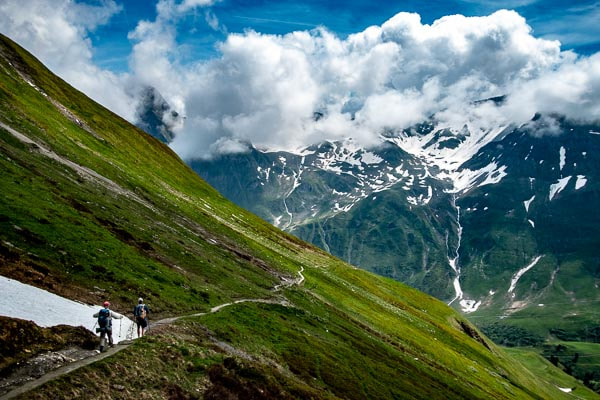
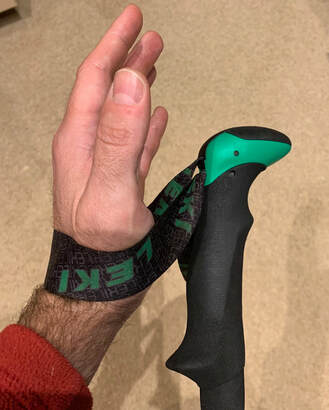
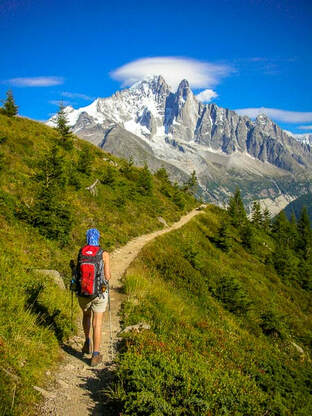
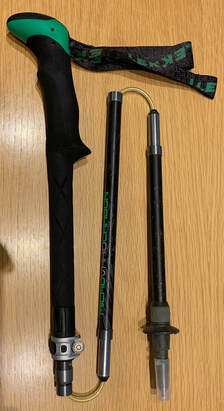
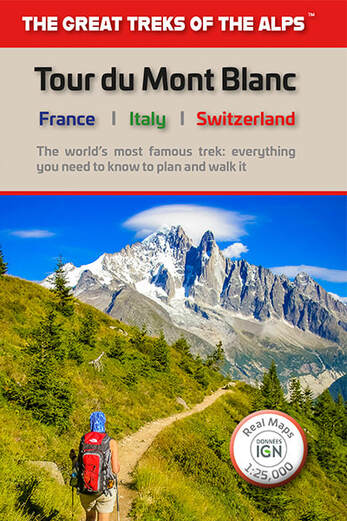
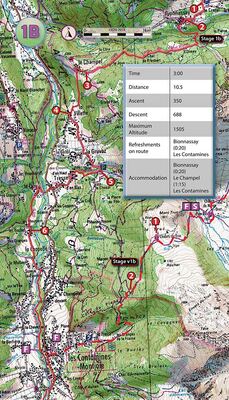
 RSS Feed
RSS Feed
